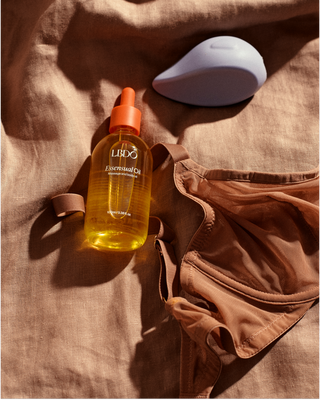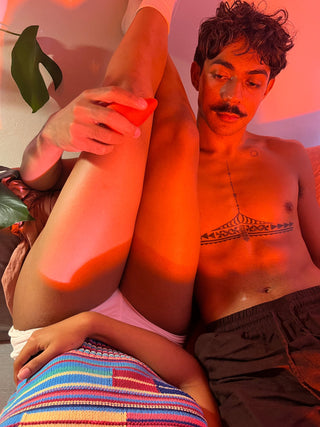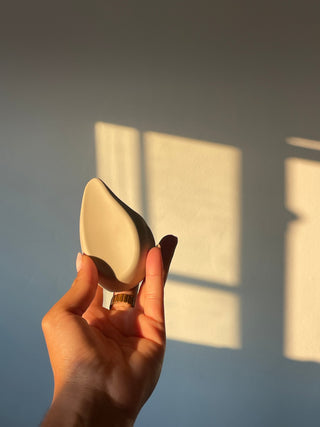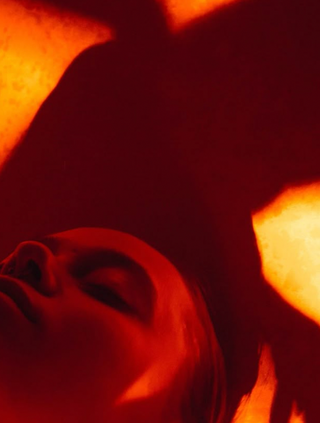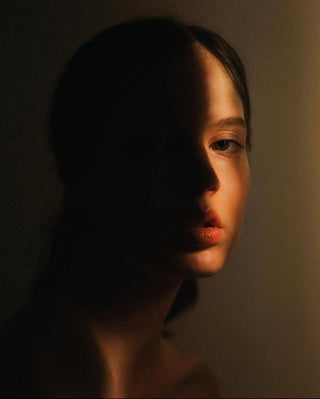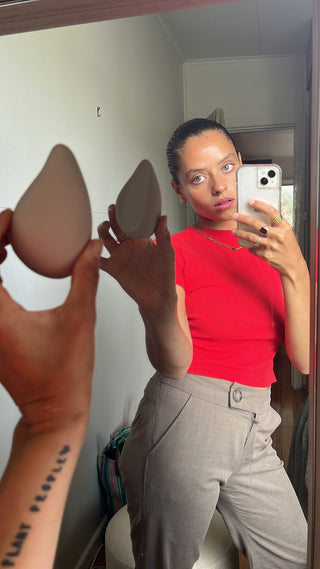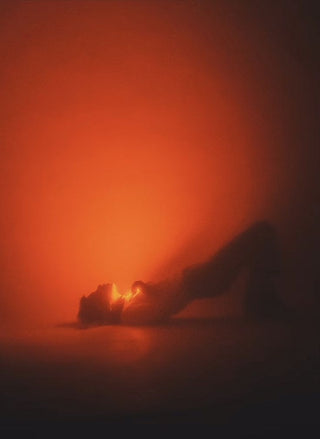Halloween has evolved over the years from an eerie celebration into a night filled with costumes, candy, and personal expression. Amid the ghosts and goblins, one trend consistently resurfaces: the “sexy” costume. Love them or loathe them, these costumes have cemented their place in modern Halloween celebrations. But where did this trend come from, and why has it lasted?
Early origins of Halloween costumes
Halloween, originally rooted in the ancient Celtic festival of Samhain, was once a celebration that marked the end of the harvest season and the onset of winter. This ritual was shrouded in the mystical belief that the boundary between the living and the dead blurred on this night. To protect themselves from wandering spirits, people would dress up as ghosts and ghouls, intending to blend in with any supernatural visitors and avoid being harmed.
As Halloween evolved and crossed over to America in the 19th century, costumes continued to reflect supernatural themes. Halloween attire was crafted with more handmade, rudimentary masks and garments that embodied the night’s spookier, mysterious vibe. It wasn’t until the 20th century that Halloween began to shift from a ritualistic tradition to a more lighthearted, playful celebration.
The social shift in the 1970s
The 1970s marked a major turning point in Halloween costume trends. The sexual revolution in the 1960s and ‘70s had a significant cultural impact, leading to more openness around expressions of sexuality. This social liberation permeated into Halloween culture as well. Costumes gradually became shorter, tighter, and more revealing as a way for women to express their newfound sexual freedom and defy societal norms around modesty. Halloween offered a “safe” space for experimentation; it was one of the few nights of the year when social expectations could be challenged, if only temporarily.
This shift was further propelled by the introduction of mass-produced Halloween costumes in the mid-20th century, which made costume choices more accessible and varied. As brands and costume shops spotted the opportunity, they began producing versions of costumes that catered to the demand for something fun, a little rebellious, and often sexy.
Hollywood influence
The entertainment industry played a major role in reinforcing the trend. From pop stars to television characters, Halloween was reimagined as a night for fantasy and bold self-expression. Iconic scenes like the Mean Girls Halloween party underscored the idea that it was “the one night a year when a girl can dress like a total slut, and no other girls can say anything about it.” This playful take on Halloween was embraced across pop culture, cementing the ‘sexy’ costume as a staple of the holiday.
The marketing boom of the 1990s and 2000s
As Halloween costumes became big business in the 1990s and early 2000s, the market exploded with options. Costume manufacturers saw an opportunity to capitalise on the popularity of sexy costumes, offering everything from sexy nurses to sultry animal outfits like cats, bunnies, and even mice. This time period also saw the rise of Halloween parties as major social events for adults, rather than just children’s trick-or-treating. As young adults embraced the holiday as a time for playful, grown-up dress-up, the ‘sexy’ costume became an easy way to add a layer of fantasy and personal expression.
The sexy costume today: freedom or cliché?
Today, sexy Halloween costumes are as much a point of contention as they are a tradition. Some people argue that they’ve become overly commercialised and cliché, while others view them as a form of empowerment—a chance to embrace sexuality in a fun, nonjudgmental way. For some, it’s about self-expression, feeling confident, and having a night where societal pressures around dress codes are relaxed.
It’s clear that the sexy Halloween costume has stuck around because it allows people to play with identity, sexuality, and fantasy in a way that’s not always available in everyday life. Halloween has become a night of escape, letting us inhabit different versions of ourselves, whether that’s a villain, a superhero, or a ‘sexy’ version of both.
Whether it’s a phase or a fixture, the sexy Halloween costume continues to evolve, reflecting our changing attitudes towards self-expression and how we define the boundary between costume and identity.


